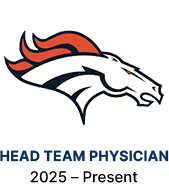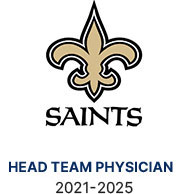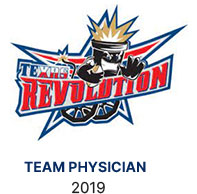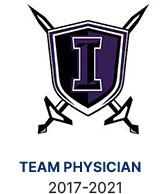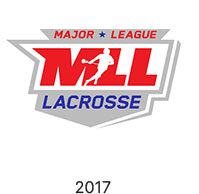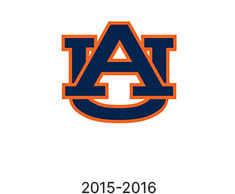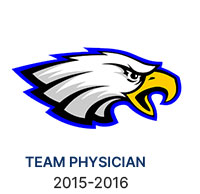Knee Braces for Running: Should You Use One?
Knee issues can be a common inconvenience for those who do much running. Many runners have decided to use the numerous braces available online and over the counter. You may wonder if these knee braces help the knee or prevent the development of knee issues.

